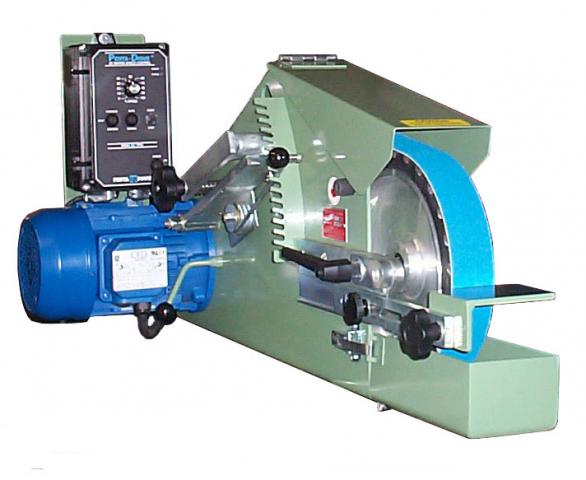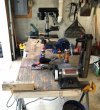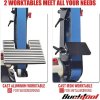Stacy E. Apelt - Bladesmith
ilmarinen - MODERATOR
Moderator
Knifemaker / Craftsman / Service Provider
- Joined
- Aug 20, 2004
- Messages
- 36,534
There is one constant question asked in Shop Talk - What grinder should I get.
Everyone has a favorite and reasons why they like it. This thread is for posting about the grinder(s) that you have personal experience using. If you just got it, use it a while before adding info here. Don't post about what you have read or heard in other threads.
To be clear - This is for posting about what you do and don't like and why you recommend your brand of grinder.
Don't post what you don't like about someone else's brand of grinder.
I'll make this a sticky and add it to the info stickys.
I'm going to bend the rules a bit and let people post a single link to the home page of the grinder they recommend. Only one basic link, no accessories or direct grinder links, etc.
I will keep a list in this first post with all the grinders that are recommended.
Recommended Grinders:
TW-90
KMG
Reeder
Contender
Bader
Pheer
OBM
Northridge (may not still make them?)
Burr King
Bee
Ameribrade
Everyone has a favorite and reasons why they like it. This thread is for posting about the grinder(s) that you have personal experience using. If you just got it, use it a while before adding info here. Don't post about what you have read or heard in other threads.
To be clear - This is for posting about what you do and don't like and why you recommend your brand of grinder.
Don't post what you don't like about someone else's brand of grinder.
I'll make this a sticky and add it to the info stickys.
I'm going to bend the rules a bit and let people post a single link to the home page of the grinder they recommend. Only one basic link, no accessories or direct grinder links, etc.
I will keep a list in this first post with all the grinders that are recommended.
Recommended Grinders:
TW-90
KMG
Reeder
Contender
Bader
Pheer
OBM
Northridge (may not still make them?)
Burr King
Bee
Ameribrade
Last edited:



